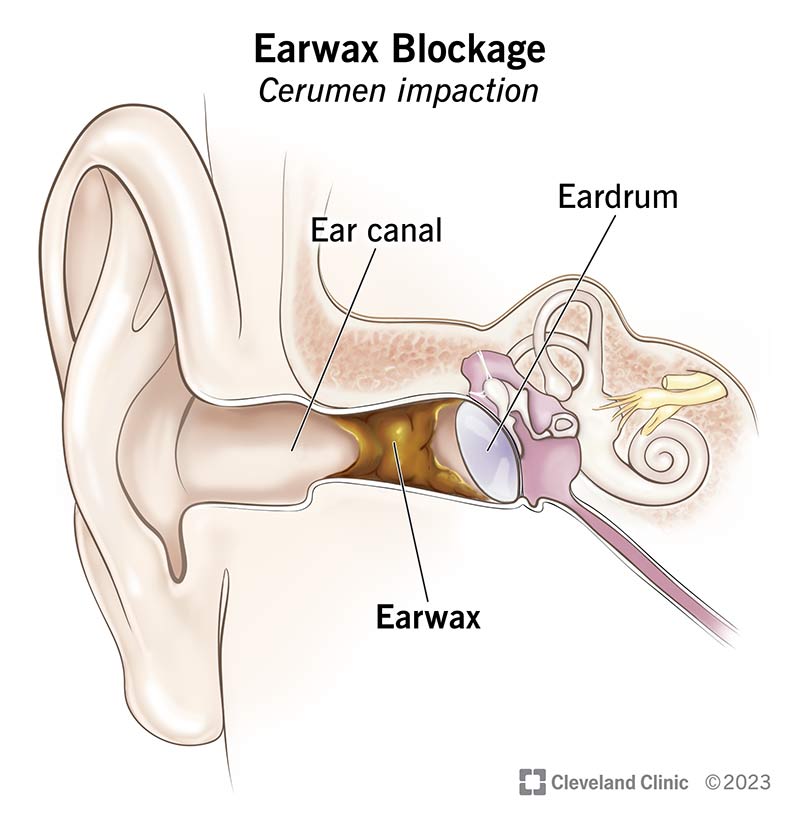Ear wax, also known as cerumen, is one of those bodily substances that often gets overlooked in our day-to-day conversations. However, despite its humble reputation, ear wax plays a crucial role in maintaining the health and functionality of our ears. This natural secretion produced by the ear glands serves as a protective barrier, shielding the delicate inner ear from dust, bacteria, and other foreign particles that could potentially cause harm. Understanding the secrets of ear wax can provide valuable insights into its significance and the best ways to manage it for optimal ear health.
Composition of Ear Wax
Ear wax is composed of a mixture of secretions produced by the ceruminous glands in the ear canal. It consists of a combination of oils, sweat, dead skin cells, and various other substances. These components work together to form the waxy substance that lines the ear canal.
The main purpose of ear wax is to protect the ear canal from dust, bacteria, and other external elements. Its sticky texture helps trap particles and prevent them from entering the inner ear. Additionally, the acidic nature of ear wax helps inhibit the growth of certain harmful microbes, making it an essential component of ear health.
Although ear wax is often viewed as a nuisance, it plays a crucial role in maintaining the health of the ear. Understanding its composition and functions can lead to better care and maintenance practices for this often-misunderstood substance.
Functions of Ear Wax
Ear wax plays a crucial role in protecting the ear canal. It acts as a natural barrier, preventing dust, debris, and other foreign particles from entering the delicate ear canal.
In addition to its protective function, ear wax also helps to lubricate the ear canal, keeping it from becoming dry and itchy. This lubrication is essential for maintaining the health and comfort of the ear.
Furthermore, ear wax has antibacterial and antifungal properties, serving as a defense mechanism against harmful pathogens that may try to invade the ear canal. It helps in maintaining the cleanliness and overall well-being of the ear.
Proper Ear Wax Removal
When it comes to ear wax removal, it’s essential to exercise caution to avoid pushing the wax further into the ear canal. One popular method is using over-the-counter ear drops or mineral oil to soften the wax. A few drops placed in the ear for a few days can help make the wax easier to remove. Ear Wax Removal Exmouth
Another safe method is irrigation, where a gentle stream of warm water is directed into the ear canal through a syringe or bulb. This can help flush out the softened ear wax. It’s important to use lukewarm water to avoid discomfort or dizziness.
For stubborn ear wax buildup, seeking professional help from a doctor or ear specialist may be necessary. They have the expertise and tools, such as suction devices or special instruments, to safely remove hardened ear wax without causing damage.
